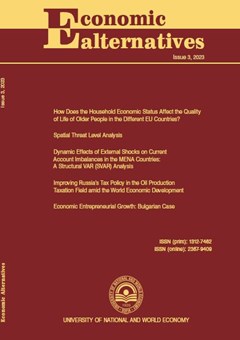Williamson’s Institutional Analysis of Investments: A Case Study of Bulgarian Forestry
Authors: Ivaylo Beev, Konstantin Kolev, Maya Tsoklinova
Abstract
Fixed Capital Formation in Bulgarian forestry in 2016 and 2017 amounts respectively to 4.90 million EUR and 10.37 million EUR, which assigns Bulgarian forestry to the unsatisfactory 14th place from 15 EU member states by level of investments. In this respect an attempt is made to answer the question: ‘Which are the reasons for insufficient investments in forestry in Bulgaria?’. The response to that question is searched by means O. Williamson’s four level institutional analysis. Based on a questionnaire survey among specialists working in forestry and hypotheses testing through ?2-analysis it is established that among the main reasons for insufficient investment in Bulgarian forestry are some market failures as rent seeking and opportunism. Furthermore by means of Cramer’s coefficients it is established that the link between investments and both market failures is strong in terms of strength. According to 80.3% of the inquired specialists, the limitation of market failures in forestry is possible through increasing the share of stewardships activities carried out by territorial departments of state enterprises with their own forestry equipment and workers.


